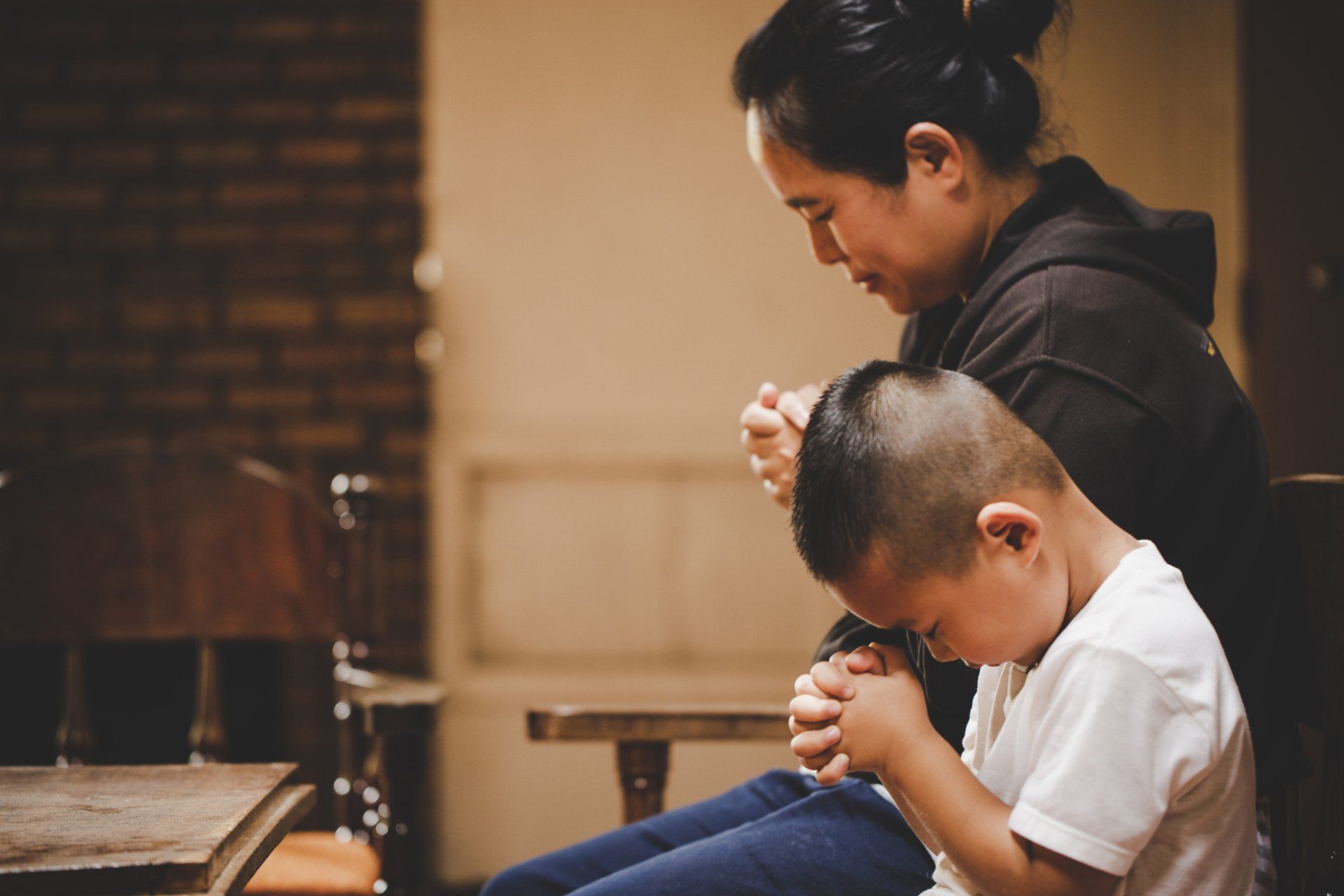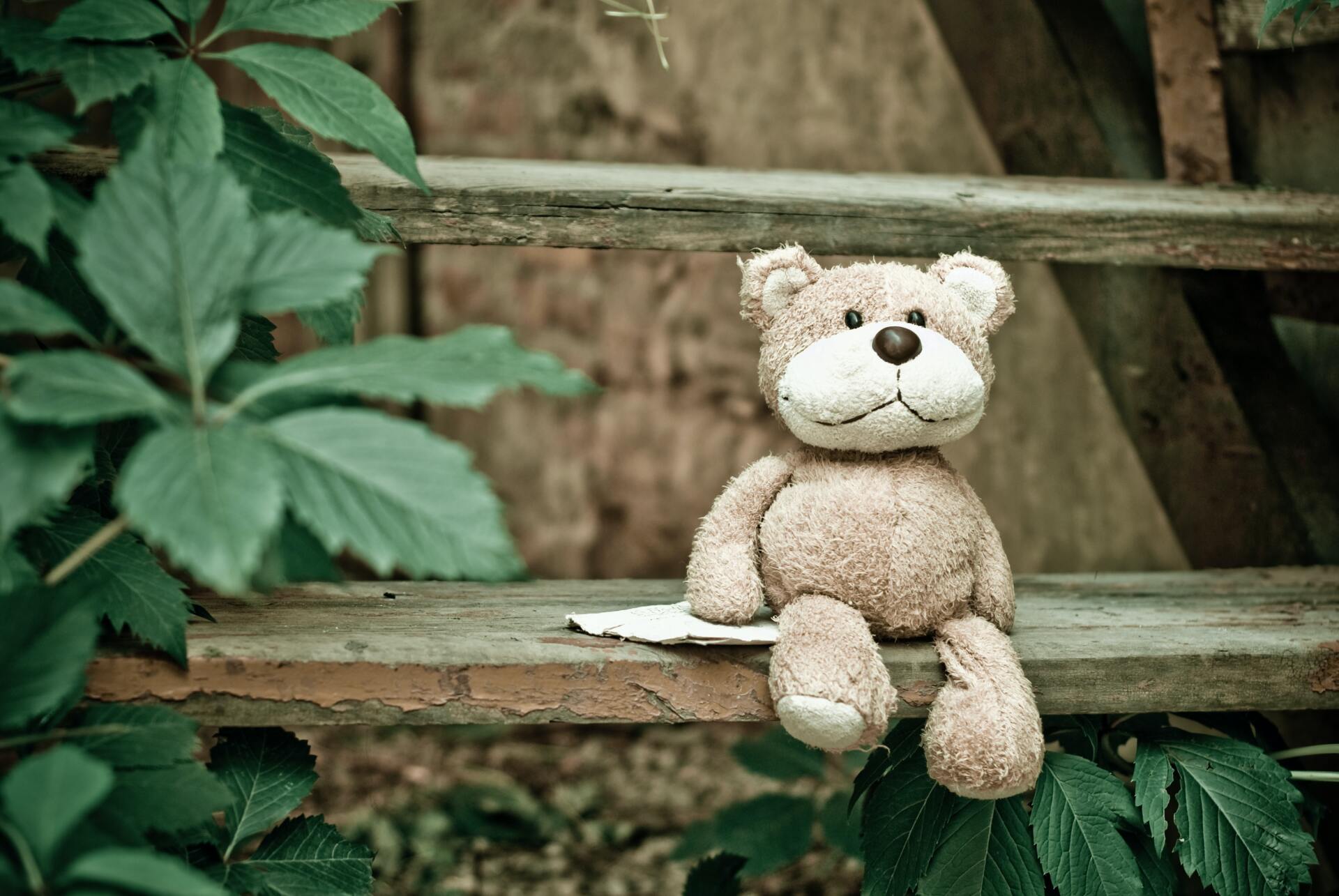Get it Together!
Preparation now for your eventual death is a gift to those you leave behind.
Once I got over the initial shock and panic of my cancer diagnosis, relief came when my husband reassured me, “we will assemble the best possible team of oncologists and surgeons and chemotherapy specialists at the best hospitals to figure out the best path forward.” Yes, I thought. I don’t know squat about cancer or how to treat it but I can find out who does and let them take care of that part of it. They can chart the navigation path and I will dutifully set sail wherever they advise me to go. It felt good to surrender that aspect of responsibility, so that I could turn my attention to what was and should be within my control: what kind of attitude I was going to have on this trip.
Further relief came as I discovered other aspects that belonged solely to me: how long and hard I intended to fight, and yes, what it would look like if and when I ever reached a point in this journey where it was time to stop. Knowing your limits and being aware of them doesn’t make you any less of a fighter or any more willing to give up.
I spent a decent amount of time and energy looking into death, planning how I wanted my life’s end to look, and working to reduce the logistically nightmarish burden I would leave behind for my family to take care of should I die of my cancer. I learned many interesting factoids and was generally nonplussed by the whole endeavor, only to be met with family members and loved ones replies: “No! You can’t think like that! You’ve got to fight!” As if a mindful, considerate death plan indicated I was throwing in the towel and surrendering to a premature death.
Speaking of premature death, what does die prematurely even mean? Before I’m ready? Who is ever ready? That’s the point. I realized that whether death comes for me tomorrow or in ten years or in forty years, I am pretty certain that it will always feel premature, and there will be more I want to do before I die. But preparing now can relieve a giant burden on your survivors, no matter when your time comes. I was relieved to find something I could actively do and check off my list while I was sitting around waiting for the doctors’ interventions to do what they were designed to do. After all, who better to say what’s right for me, and when’s better than now, while I can still say it?
There are really only five crucial elements we all should make sure are taken care of right.this.minute. Five. That is not a lot. You’ve probably already done some of them. So just go do it.
Five Crucial Elements
1. HIPAA- this acronym stands for the Health Insurance Portability and Accountability Act, which is a US law that protects your medical records and health information. This is important to you because you have control over who receives information about your health. If for some reason you wind up in a position where you are medically unable to give consent to have your information shared, you want to make sure that you have indicated ahead of time who can and should be privy to your health information. Generally speaking, if the doctor can reasonably infer, based on his or her professional judgment, that you (the patient) would not object to the sharing of your information with someone (like a spouse or a close relative), the information would be shared. For this reason, HIPAA is not the most pressing item on your five point checklist, but for those who do not have a spouse or whose close relatives live out of town, this would be an important document to sign at your next doctor's visit.
2. Medical Proxy (also known as Medical Power of Attorney) - This is paramount and also is likely to be taken care of through the course of your breast cancer journey, especially if you are having surgery. A medical proxy is a legal document that indicates who gets to make all your medical decisions about your care in the event that you are rendered unable to do so yourself. This person should have a deep knowledge of your wishes (item #4), and should not be someone whose own emotions or needs will cloud their judgment or interfere with what you want. It is wise to choose two medical proxies (also known as surrogates or agents): a primary, and a secondary if the primary should be unable to proxy (for example if you and your spouse were in a car accident and both of you were left incapacitated). Please note that this medical proxy is the individual who will make only your medical decisions about your care in your stead. All other decisions, legal and financial, are designated to your:
3. Financial Agent- (also known as attorney-in-fact)- A financial agent is the individual you designate to make all non-medical decisions for you should you become incapacitated. Financial transactions, social security checks, taxes, legal documents, and investments all fall within the purview of the financial agent. Ideally, you would designate a different agent than your Medical Proxy as your Financial Agent, as the responsibilities of each are disparate and involved.
4. Living Will - (also known as Health Care Directive or Advance Directive)- This is the item in your checklist that will take the most time, and perhaps consternation, to take care of. A comprehensive living will addresses your wishes regarding your medical treatment in the event that you are no longer able to give informed consent, and then some. It can detail your wishes about your funeral, the disposition of your body, and how you wish to be remembered. In the state of Massachusetts, this is a non-legally-binding document, but that does not make it any less important to complete. My personal favorite is a document called “The Five Wishes,” which social workers at every major hospital should be familiar with and willing to share a copy of. This document asks you to consider nitty-gritty details about your death, which will bring you in intimate touch with your own mortality. This can be uncomfortable to some, and relieving to others. The truth is, death is a fact of our lives, so being intentional about it as you are other aspects of your life and health care makes sense. Once you have completed this document, you will want to share it with your medical proxy. Trust me, if your medical proxy is ever faced with making decisions for you at the end of your life, they will be grateful to have this detailed account of your wishes. It alleviates anxiety and fear and guilt and is an essential part of your healthcare.
5. MOLST- (also known as “DNR: Do Not Resuscitate”)- This is an acronym Massachusetts uses for Medical Order of Life Sustaining Treatment. (Other states may refer to it as such or as POLST, MOST, POST, or TPOPP). No matter what acronym it goes by, this document is often printed on bright pink paper and stuck on your refrigerator as you near the end of life. It works in conjunction with your Living Will to make clear what your wishes are when you are diagnosed with a serious illness or frailty. This document is meant to give medical orders and tells emergency medical personnel what treatments you want and do not want to have in the event of a medical emergency, hence its presence on your fridge. First responders are trained to check for such a document when called to a home in a medical emergency of an ill or elderly patient. While it is important to think about these things, it is likely premature to post your MOLST on your refrigerator just yet. I mention it here because as you are thinking about your living will, it is good to understand exactly what kind of medical interventions are involved in life’s end stages.
It is also worth mentioning a fascinating line of research about what is called the hedonic treadmill: a theory which posits that regardless of what happens to people, including cancer, they will eventually return to their happiness baseline.2 This is relevant to consider as you think about what your end-of-life looks like. For example, if you think you’d rather die than not be able to go to the bathroom on your own, you might be surprised by how differently you feel when you reach that point. You may realize that your autonomy in that department wasn’t as tied to your happiness as you thought, and the goal post might shift. This is why it is important to make your ideas about end-of-life known now, but to keep updating them and considering them as time passes. Make sure you keep those you love up-to-date on your wishes, too.
If all this planning seems daunting, don’t worry. You don’t have to do it alone. Your primary care physician should be prepared and willing to help you through each step of this process outlined here (with the possible exception of #3, as it is outside of medical purview). While we should all complete these steps even in the absence of a serious diagnosis, if you are over 65 it becomes more relevant and pertinent, and- the best part-covered by insurance! Most major insurances follow Medicare’s law entitling anyone over 65 to “advance care planning:” fully reimbursable sessions with your physician to have conversations about your end of life plans and to complete the proper documentation outlined here. At your next encounter with your doctor, initiate the conversation about these items! You’ll be glad you did, and so will your family.
P.S. If you want extra credit, you can even plan and pay for your perfect funeral. Keefe has been helping people do this for more than 65 years.





Follow Us
©2021 Keefe Funeral Home ⋄
Admin
Obittree Privacy Policy Terms of Use Sitemap ⋄ Powered by
FrontRunner Professional &
TA ⋄ Designed by
Don't Rest On Pretty

